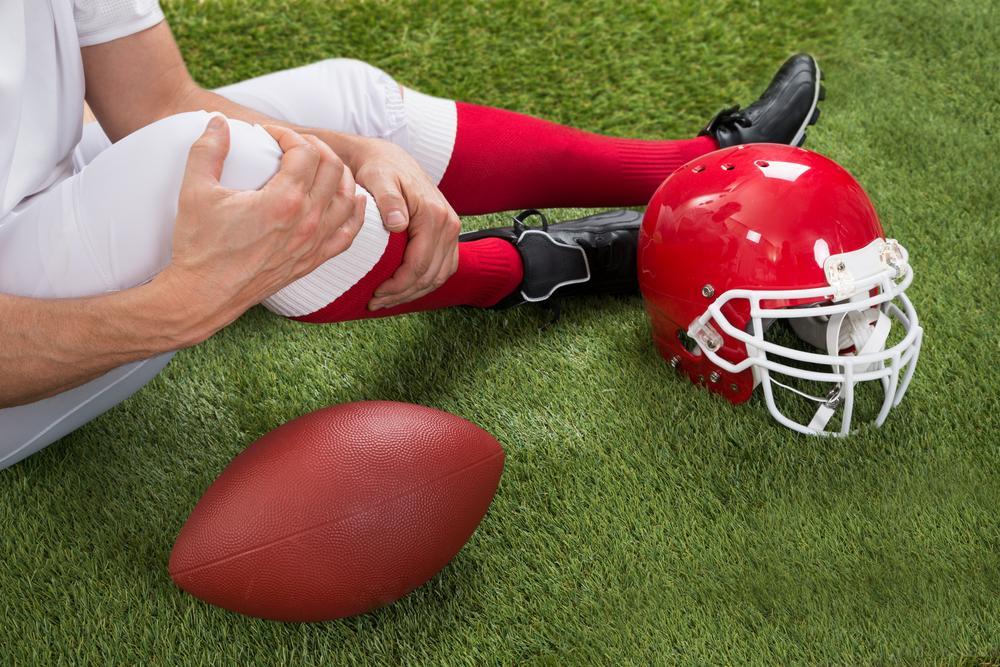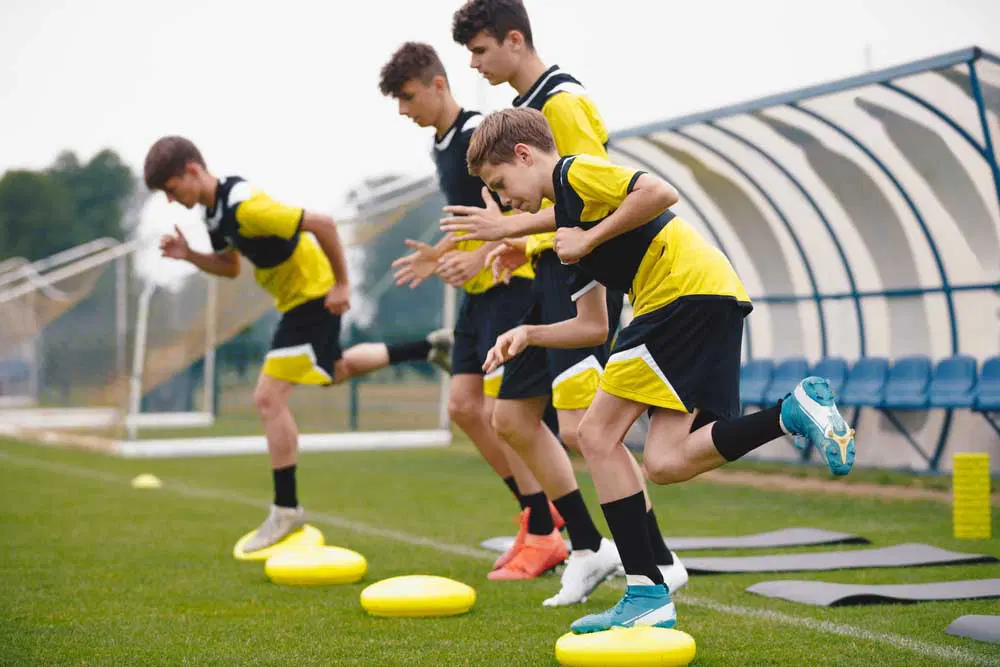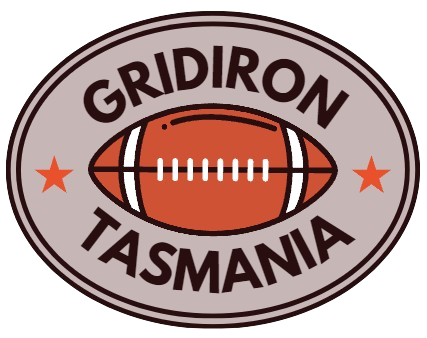American football is a physically demanding sport that requires athletes to possess exceptional strength, speed, agility, and endurance. In order to excel on the field and minimize the risk of injury, players must prioritize their health and fitness through proper training and injury prevention strategies. In this article, we explore the importance of training and injury prevention in American football and highlight key strategies to help players stay healthy and perform at their best.
The Physical Demands of American Football:
American football is a collision sport characterized by high-intensity physical contact and explosive movements. Players engage in a wide range of activities during a typical game, including running, jumping, blocking, tackling, and throwing. These actions place significant stress on the musculoskeletal system and increase the risk of injuries, particularly to the lower extremities, spine, and head.

Training for Performance and Injury Prevention:
Effective training is essential for American football players to develop the strength, power, agility, and endurance needed to excel on the field. A well-rounded training program should include a combination of strength training, cardiovascular conditioning, speed and agility drills, flexibility exercises, and skill-specific practice.
Strength training plays a crucial role in American football by helping players build muscle mass, improve power output, and enhance overall physical performance. Exercises such as squats, deadlifts, bench presses, and rows target key muscle groups involved in running, blocking, tackling, and throwing, while also strengthening the muscles that support and stabilize the joints.
In addition to strength training, cardiovascular conditioning is vital for improving endurance and stamina, allowing players to sustain high levels of performance throughout the duration of a game. Running, sprinting, cycling, and other aerobic activities help enhance cardiovascular fitness and promote efficient oxygen delivery to working muscles.
Speed and agility drills are essential for developing the quickness, agility, and change-of-direction ability required to elude defenders, chase down opponents, and react swiftly to changing game situations. Cone drills, ladder drills, shuttle runs, and agility ladder exercises are commonly used to improve footwork, coordination, and reaction time.
Flexibility exercises are also an integral part of a comprehensive training program, as they help improve joint mobility, reduce muscle stiffness, and prevent injuries. Stretching routines that target major muscle groups such as the hamstrings, quadriceps, hip flexors, calves, and shoulders can help improve range of motion and enhance athletic performance.
Injury Prevention Strategies:
Despite the physical demands of American football, many injuries can be prevented or mitigated through proper training, conditioning, and injury prevention strategies. Coaches, athletic trainers, and medical professionals play a crucial role in educating players about injury prevention techniques and implementing protocols to minimize risk.

One of the most effective injury prevention strategies in American football is proper tackling technique. Teaching players to tackle with their heads up, lead with their shoulders, and wrap up opponents with their arms can help reduce the risk of head and neck injuries, including concussions and cervical spine injuries.
Another key aspect of injury prevention in American football is adequate rest and recovery. Fatigue and overtraining can increase the risk of injuries, so it’s essential for players to prioritize rest, sleep, and recovery activities such as foam rolling, massage, and stretching to allow their bodies to heal and adapt to the physical demands of training and competition.
Additionally, proper equipment fitting and maintenance are critical for preventing injuries in American football. Helmets, shoulder pads, mouthguards, and other protective gear should be properly fitted to each player and regularly inspected for signs of wear and tear. Ensuring that equipment is in good condition and meets safety standards can help reduce the risk of impact-related injuries.
In conclusion, the importance of training and injury prevention in American football cannot be overstated. By implementing comprehensive training programs, emphasizing proper technique, and prioritizing injury prevention strategies, players can maximize their performance on the field while minimizing the risk of injury. With a proactive approach to health and fitness, American football players can enjoy a long and successful career while staying healthy and injury-free.
